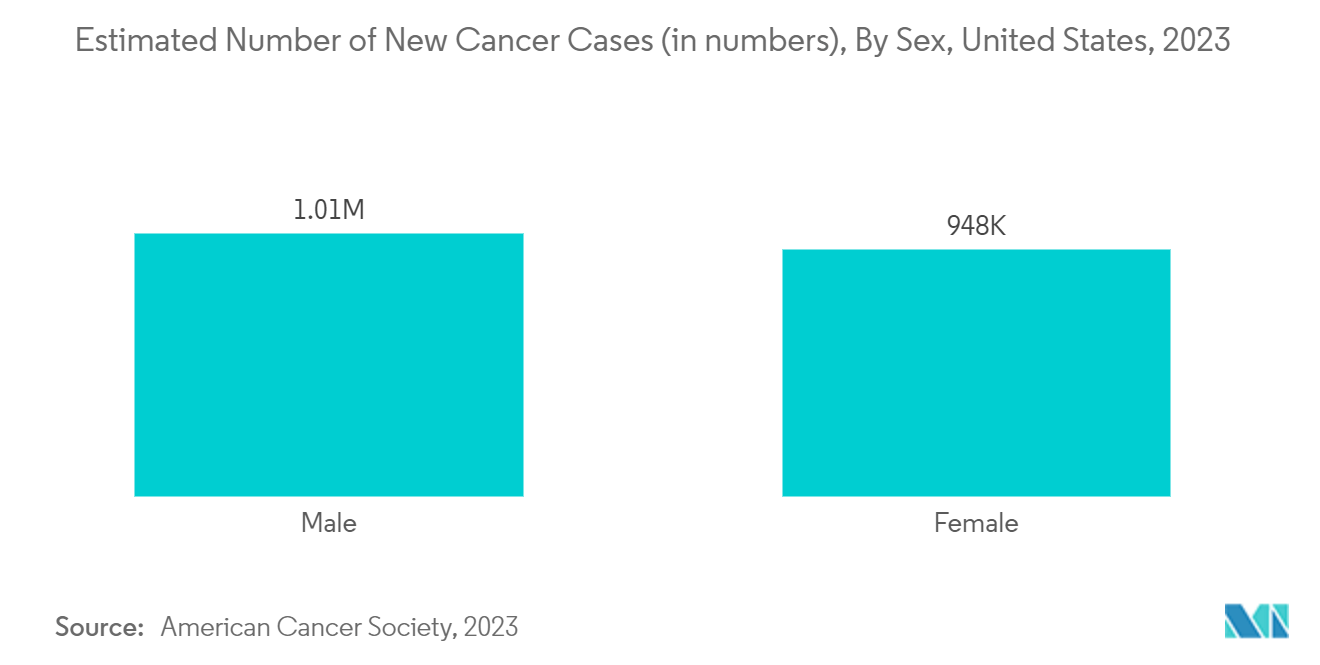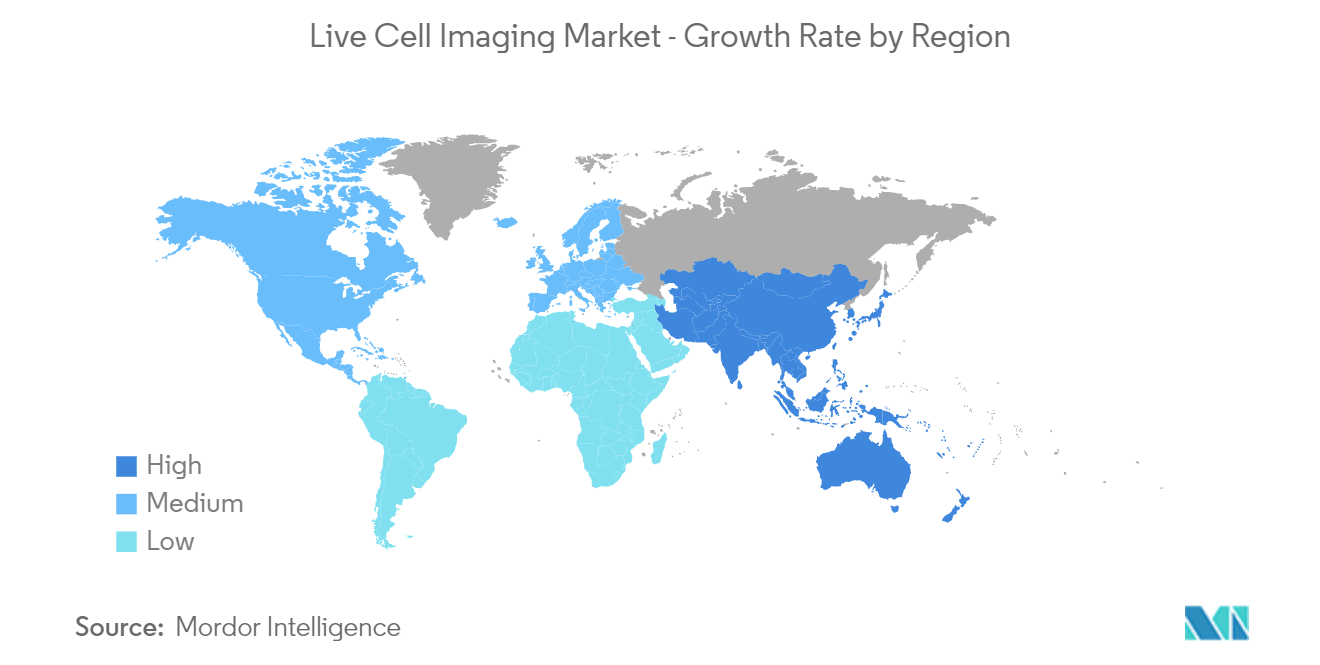Market Trends of Live Cell Imaging Industry
Standalone Systems Segment is Expected to Hold a Significant Market Share Over the Forecast Period
Standalone systems are referred to as equipment or devices that are able to function independently of other hardware and are not integrated into another device. The major factors fueling the growth of the segment are the significant use of these systems in live-cell imaging and the increasing focus on research and development (R&D) with the use of technology. For instance, as per the Journal of Cell Biology published in May 2023, StableMARK (Stable Microtubule-Associated Rigor-Kinesin), a live-cell marker to visualize stable microtubules, enabled the exploration of different microtubule subsets throughout the cell cycle to understand the contribution to cellular organization and transport. Therefore, due to the emergence of advanced and innovative standalone systems in the market, this segment is expected to grow over the forecast period.
Additionally, in February 2022, TGen and Deepcell collaborated to employ artificial intelligence-based technology to classify and isolate diseased cells. Deepcell provides AI-powered technology that transforms cell morphology into a quantitative and high throughput marker for use in research to complement existing molecular workflows as well as a novel standalone method. Such collaborations in research are anticipated to fuel the development of standalone systems for live-cell imaging, thereby contributing to market growth.
Moreover, well-established market players also offer standalone systems for live-cell imaging, thereby contributing to the growth of the segment. For instance, Becton Dickinson and Company offers BD Pathway 855 Stand-Alone System, which offers the ultimate flexibility for high-content imaging of live and fixed cells. Hence, due to the availability of innovative products in the segment, the competition is rising, and it is anticipated to drive the segment growth over the forecast period.

North America is Expected to Hold a Significant Share of the Market During the Forecast Period
North America holds a significant share of the live cell imaging market and is expected to continue its growth trend during the forecast period. The major factors attributed to the market growth in the region are the presence of a larger patient pool and an increasing geriatric population.
The increasing investment and funding available for research in live-cell imaging is the key driver in this region. In North America, the United States holds a prominent market share due to factors, such as the burden of chronic diseases, along with a growing number of R&D programs in the country. For instance, according to the Cancer Facts and Figures 2023 report by the American Cancer Society, an estimated 1.9 million new cancer cases are expected to be diagnosed in the United States in 2023, among which nearly 1010,310 cases will be men and 948,000 cases will be women. The high number of people getting affected by cancer is expected to increase the demand for the diagnosis of cancer and is expected to boost the market's growth in the region.
Additionally, the presence of major market players and key strategies implemented by them, such as partnerships and collaborations also expected to contribute to the growth of the live cell imaging market in North America. For instance, in March 2022, Axion BioSystems, one of the major life sciences tools companies focused on advanced live-cell assay systems, reported the acquisition of CytoSMART Technologies, an innovator in kinetic live-cell imaging analysis. This will lead to increased adoption of cell imaging devices in the United States, thereby driving the overall market growth in the region.


